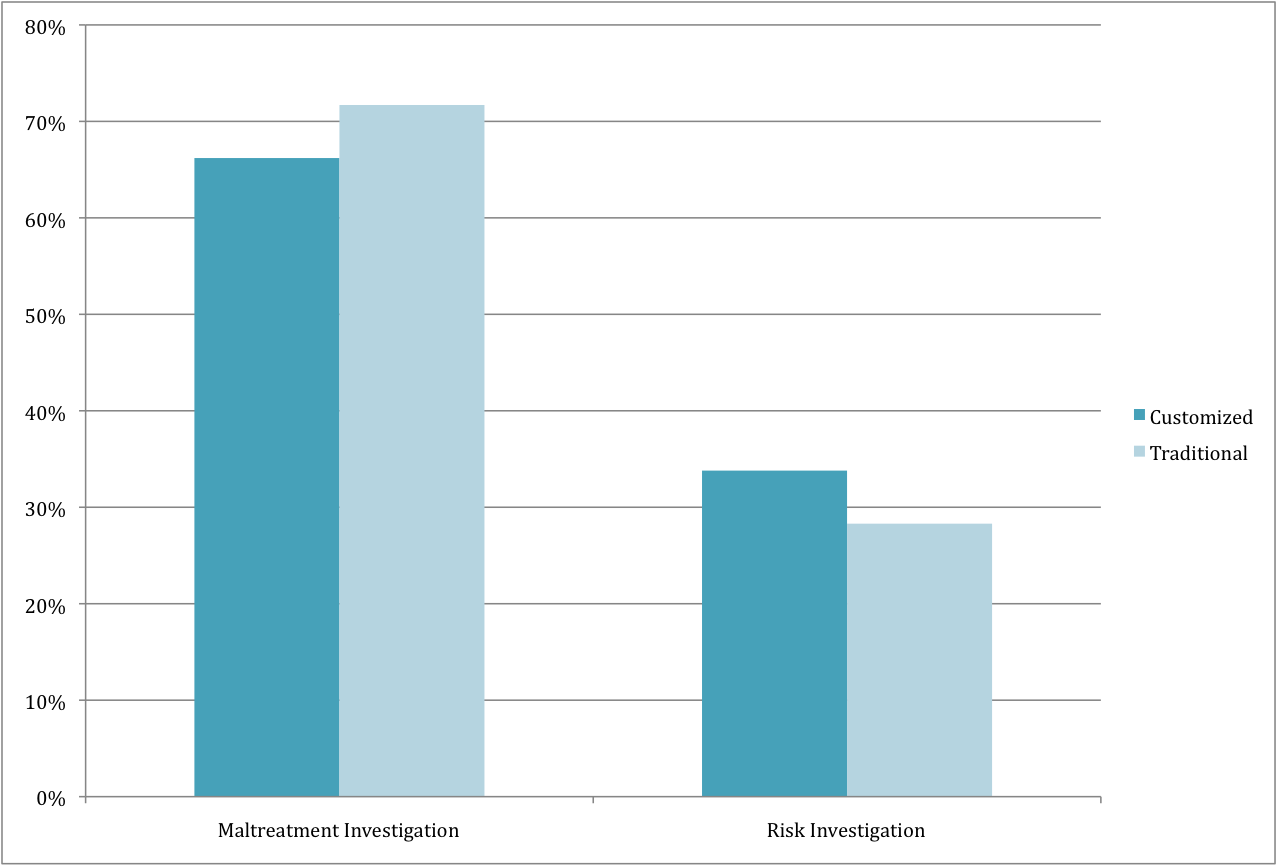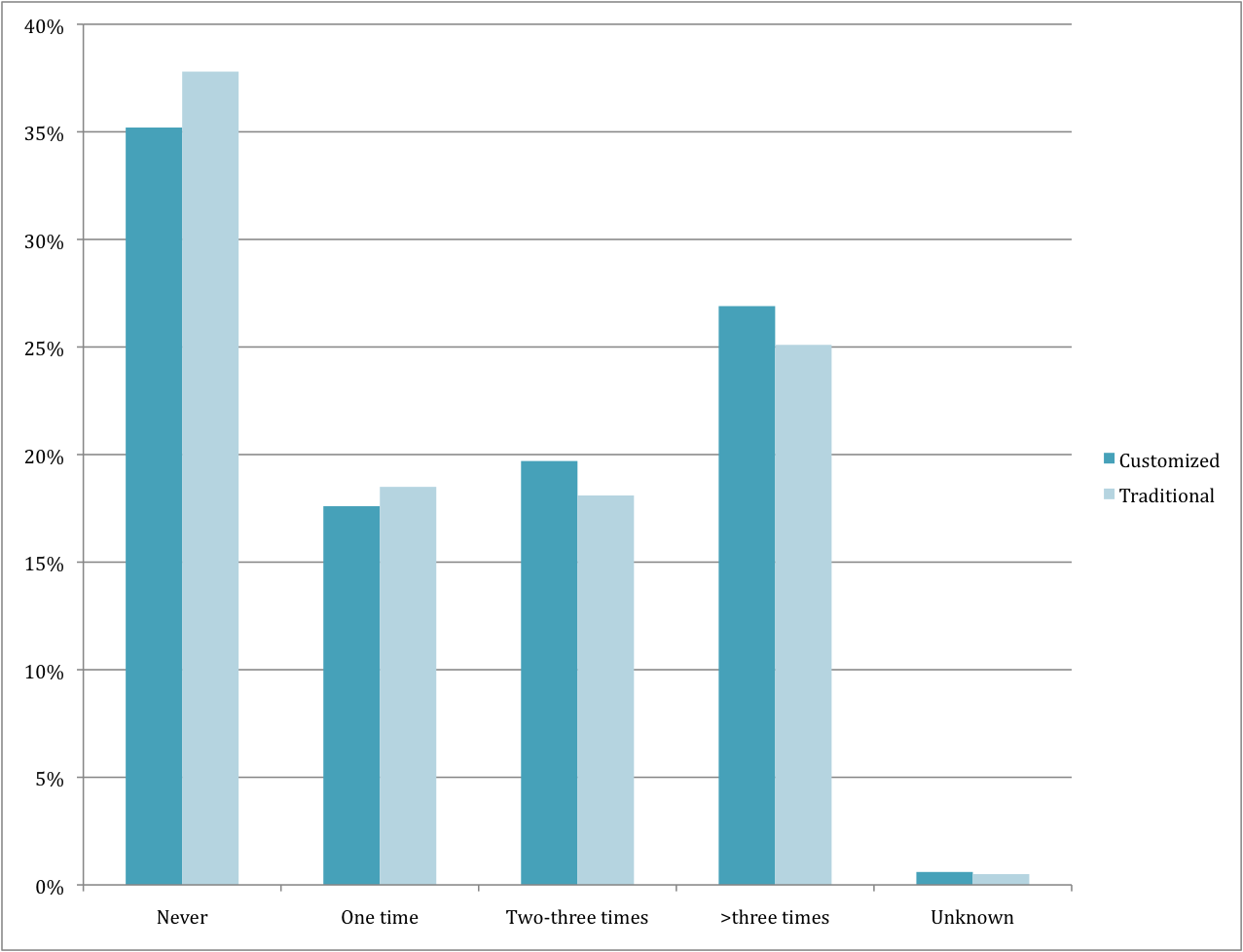CWRP Information Sheet #118E. (2012). Toronto, ON: Faculty of Social Work, University of Toronto.
Barbara Fallon and Nico Trocmé with the OIS-2008 Research Team recently initiated several knowledge mobilization activities. One of the OIS-2008 knowledge mobilization projects focuses on increasing research capacity in Ontario child welfare agencies. The objectives of this project include using OIS-2008 data to answer agency-driven research questions relevant to policy and practice, and to promote and facilitate collaboration among the OIS-2008 research team and child welfare agencies. Through collaboration with the OACAS and child welfare agencies across Ontario, agency representatives will work with the OIS-2008 research team over the next year to produce 15 agency-authored information sheets. Barbara Fallon is the Principal Investigator for this project and Nico Trocmé is a co-investigator, with funding provided by the Social Sciences and Humanities Research Council of Canada.
If you work at a child welfare agency in Ontario and are interested in participating in this project, or for more information on this and other projects related to the OIS-2008, please contact Barbara Fallon (barbara.fallon@utoronto.ca, 416-978-2527) or Melissa Van Wert (melissa.vanwert@utoronto.ca, 416-978-1386).
Introduction
The Ontario Incidence Study of Reported Child Abuse and Neglect, 2008 (OIS-2008) is the fourth provincial study to examine the incidence of reported child maltreatment and the characteristics of children and families investigated by child welfare authorities in Ontario. In 2008, the study collected information regarding the use of differential or customized response during the initial investigation. This fact sheet examines the profile of both customized and traditional protection investigations conducted in Ontario in 2008.
Background to Differential or Customized Response
Differential or customized response models[fn value=1]For more information, visit: www.oacas.org/childwelfare/changes/differentialbackground.htm[/fn] have been adopted by more than half of the jurisdictions in the United States, parts of Australia, and in British Columbia and Alberta. In April 2007, child welfare agencies in Ontario began to respond to referrals using the Differential Response Model. This model allows child welfare agencies to provide different streams of service to children and families depending on their strengths and vulnerabilities, as well as the type and severity of child maltreatment. If a young person is not in immediate danger or risk of harm, child welfare workers may help families through a customized approach designed to connect them with useful community resources. This approach is also designed to empower families and address children’s cultural and emotional needs. Guidelines for practice under the Differential Response Model are designed to assist child welfare workers in each phase of service delivery, beginning with the initial report of suspected child abuse or neglect and continuing throughout all phases of service.
Background to the OIS-2008
From 1998 to 2003, the OIS found that rates of investigated maltreatment had doubled. This pattern may reflect changes in detection, reporting, and investigation practices rather than an increase in the number of children being abused and neglected. Four changes are particularly important to consider: increased reporting by professionals, increased reports of emotional maltreatment and exposure to intimate partner violence, more children investigated in each family, and increased substantiation rates. These changes are consistent with shifts in the context of Ontario child welfare.
Due to changes in investigation mandates and practices over the last 10 years, the OIS-2008 differed from previous cycles in that it tracked both risk-only investigations and maltreatment investigations. Risk-only investigations were those in which a specific past incident of maltreatment was not suspected or alleged to have occurred, but rather a constellation of factors lead to concerns that a child may be maltreated in the future (e.g., caregiver with a substance abuse issue).
Methodology
The OIS-2008 used a multi-stage sampling design to select a representative sample of 23 child welfare agencies in Ontario and then to select a sample of cases within these agencies. Information was collected directly from child protection workers on a representative sample of 7,471 child protection investigations conducted during a three-month sampling period in 2008. This sample was weighted to reflect provincial annual estimates. After two weighting procedures were applied to the data, the estimated number of maltreatment-related investigations (i.e., maltreatment and risk-only investigations) conducted in Ontario in 2008 was 128,748.
Findings
An estimated 96,347 (75%) customized maltreatment-related investigations were conducted in Ontario in 2008, while 32,321 (25%) traditional protection investigations were conducted.
Customized investigations were less likely than traditional investigations to focus on a past incident of maltreatment, and more likely than traditional investigations to focus on an assessment of future risk of maltreatment. Approximately 66% of customized investigations focused on a past incident of maltreatment, whereas 72% of traditional protection investigations focused on maltreatment. Please see Figure 1 for these findings.
Figure 1: Type of investigation in customized and traditional maltreatment-related investigations in Ontario in 2008

Figure 2 shows there are some slight differences between primary caregivers involved in customized investigations versus traditional investigations. The primary caregivers involved in customized maltreatment-related investigations were more likely than primary caregivers involved in traditional maltreatment-related investigations to struggle with alcohol and drug abuse, cognitive impairment, mental and physical health issues, intimate partner violence, and were more likely to have a history of foster or group care. Primary caregivers involved in traditional protection maltreatment-related investigations were less likely to have social supports.
Figure 2: Primary caregiver characteristics in customized and traditional maltreatment-related investigations in Ontario in 2008

Figure 3 displays the case characteristics of maltreatment-related investigations, comparing customized and traditional protection investigations. Customized investigations were slightly more likely to note previous child welfare openings.
Figure 3: Case characteristics in customized and traditional maltreatment-related investigations in Ontario in 2008

When examining only maltreatment investigations, we can see the primary form of maltreatment that was alleged and is being investigated. As Figure 4 displays, traditional protection investigations are much more likely to focus on concerns of alleged physical or sexual abuse, whereas customized approaches are more likely to focus on neglect, emotional maltreatment, and exposure to intimate partner violence.
Figure 4: Primary form of maltreatment reported in maltreatment investigations in Ontario in 2008

Limitations of the OIS-2008
The OIS-2008 does not include information about unreported maltreatment, or cases that were only investigated by police. Reports that were made to child welfare authorities but screened out before they were investigated are not included, and reports on cases currently open at the time of case selection are also not included. The study does not track longer service events that occur beyond the initial investigation.
Originally published in the Ontario Association of Children's Aid Societies (OACAS) Journal, Volume 57, Issue 1, 2012.
